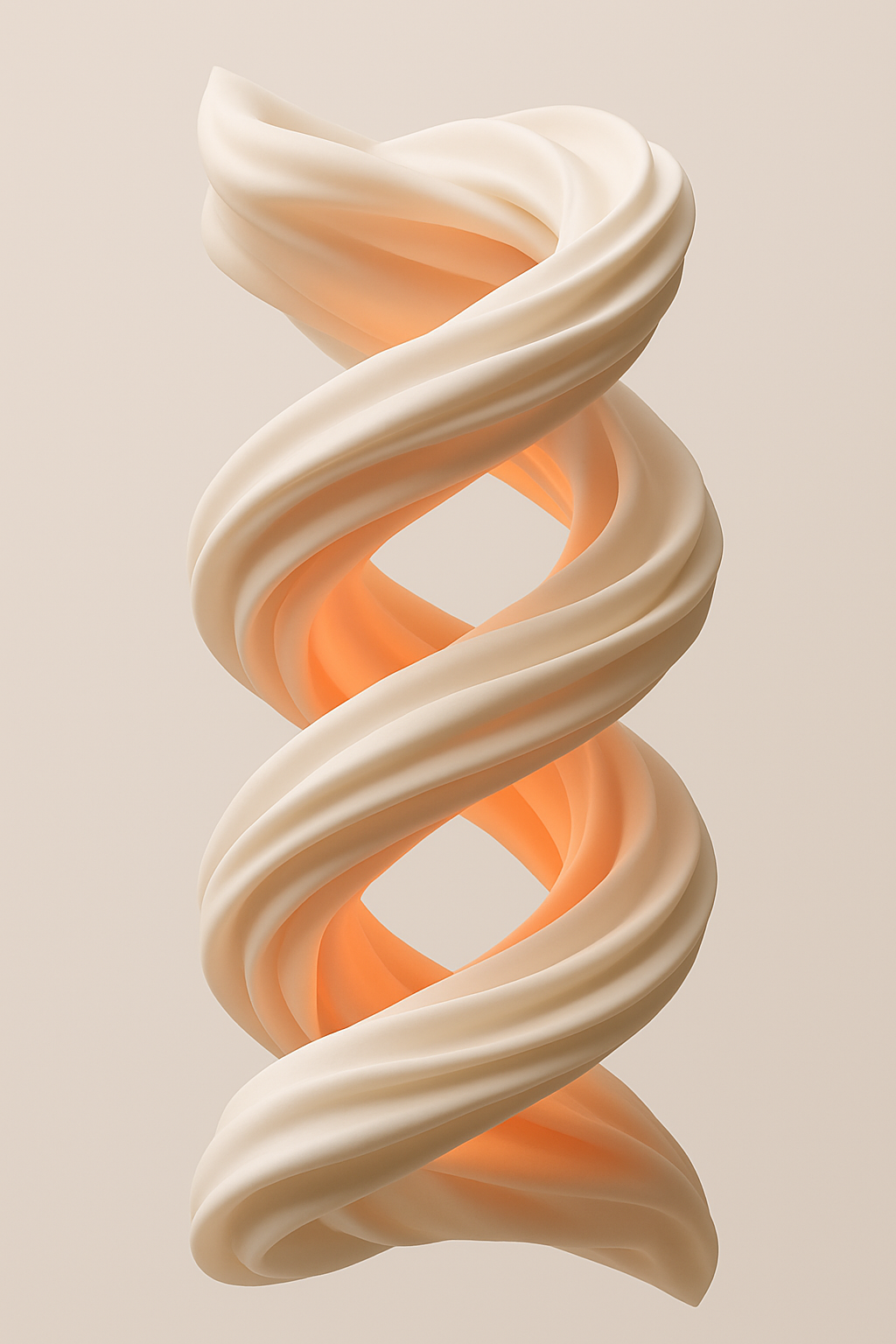
Coursework & Training
AICI coursework is organized as a sequenced studio pathway where educators learn to apply The Aletheian Design Theory of Learning (ADTL): Where educators become designers of possibility across real classrooms, programs, and learning environments.
Build a working understanding of ADTL’s pillars, the Aletheian Learning Cycle, and the role of the educator as an ethical designer of understanding.
- Unpacking Cognitive Design, Cultural Connection, and Aesthetic Experience.
- Guided reading + studio annotation of the core ADTL paper.
- Introduction to the Aletheian Learning Cycle (ALC) and Aletheian Workflow (AWDL).
- Map an existing lesson against ADTL pillars and ALC stages.
- Build your personal pedagogical brand identity.
- Mini design critiques using small-scale redesigns.
- Explain the core claims of ADTL.
- Evaluate instruction for cognitive/aesthetic gaps.
- Describe your role as a designer of understanding.
- Reflective essay: “My teaching through ADTL.”
- One redesigned instructional artifact.
- Participation in design critique.
ADTL Alignment: AICI 101 establishes the full ADTL framework as the foundation for the remainder of the pathway.
Treat design as pedagogy—using layout, hierarchy, and visual rhythm to make complex ideas visible and memorable.
- Principles of visual hierarchy and instructional clarity.
- Diagramming and concept-map design for cognitive architecture.
- The classroom environment as a learning interface.
- Slide deck transformations from text-heavy to visual narratives.
- Create a “learning gallery” with concept maps.
- Redesign a concept using three visual modes.
- Apply visual literacy principles to instructional design.
- Evaluate visuals for clarity and cognitive load.
- Align visuals to your emerging pedagogical brand.
- Portfolio of three redesigned visuals.
- Environmental design plan.
- Participation in design critique.
ADTL Alignment: AICI 201 operationalizes ADTL’s “form is function” principle in everyday instruction.
Use AI as a studio collaborator to prototype Aletheian-aligned learning sequences, visuals, and artifacts.
- ADTL-aligned prompting and AI collaboration.
- Mapping AI outputs back into the AWDL cycle.
- Ethical evaluation using the Aletheian Ethical Design Code.
- Co-design an AI-assisted unit skeleton.
- AI critique labs with ADTL analysis.
- Create an AI-assisted visual media set.
- Design AI prompts using ADTL vocabulary.
- Audit AI-generated artifacts for cognitive and cultural integrity.
- Integrate AI into human-centered design practice.
- Full AI-integrated unit prototype.
- Ethical reflection.
- Peer review of AI-assisted designs.
ADTL Alignment: AICI 301 extends ADTL into AI-mediated design while keeping the educator’s judgment central.
Design, prototype, and test Aletheian learning experiences with real data, critique, and iteration.
- Live translation of AWDL into design briefs.
- Design sprints and mid-cycle redesign.
- Data analysis for instructional refinement.
- Team-based studio cycles with critique walls.
- Pilot implementation of ALC stages.
- Gallery walks of prototypes.
- Translate theory into real learning experiences.
- Use observational data to refine design.
- Operate in collaborative design teams.
- Piloted design project with AWDL documentation.
- Lab reflection.
- Design critique presentation.
ADTL Alignment: AICI 401 is where educators fully enact the Aletheian Learning Cycle through iterative design.
Transform assessment into a designed architecture of thinking—where portfolios and artifacts reveal learning aesthetically and intellectually.
- Assessment through Cognitive Design and Cultural Connection.
- Rubrics that honor aesthetic cognition.
- Portfolio-based assessment aligned to ADTL’s four domains.
- Redesign tests into design-centered performance tasks.
- Build an Aletheian portfolio structure.
- Co-create criteria with learners.
- Align assessments with ADTL domains.
- Design rubrics capturing design decision-making.
- Use reflection as a learning process.
- Completed design-centered assessment task.
- Portfolio map.
- Assessment reflection.
ADTL Alignment: AICI 501 places assessment inside the Aletheian Nexus as cognitive, cultural, and aesthetic evidence.
Compile and present a complete instructional portfolio documenting your evolution as an Aletheian designer of learning.
- Curating ADTL-aligned evidence.
- Portfolio narrative writing.
- Planning next-stage ADTL implementation.
- Portfolio labs and sequencing critique.
- Create a visual timeline of your design evolution.
- Capstone presentation to cohort/panel.
- Articulate your design-centered identity.
- Demonstrate transfer across contexts.
- Plan future ADTL-based inquiry and leadership.
- Complete Instructional Portfolio.
- Capstone reflective piece.
- Participation in final critique.
ADTL Alignment: AICI 601 is the culminating act of evidencing ADTL fluency across all dimensions of practice.